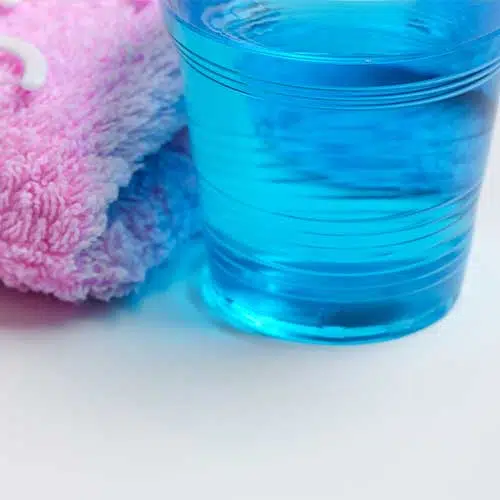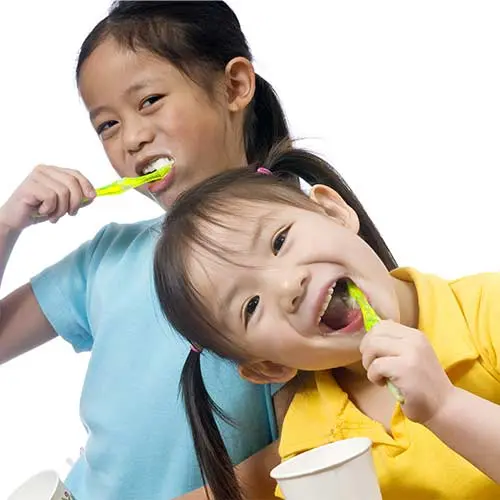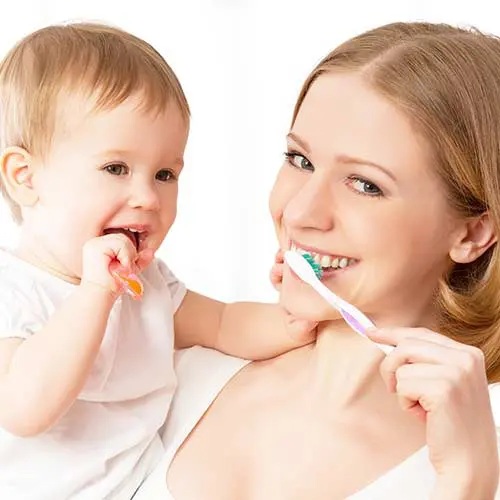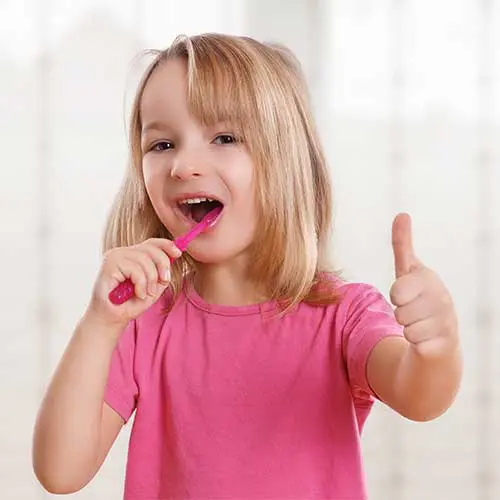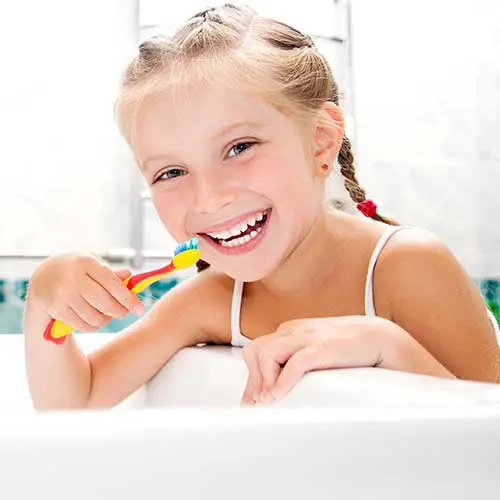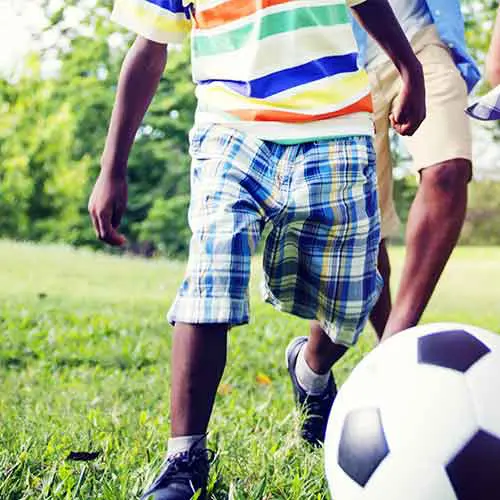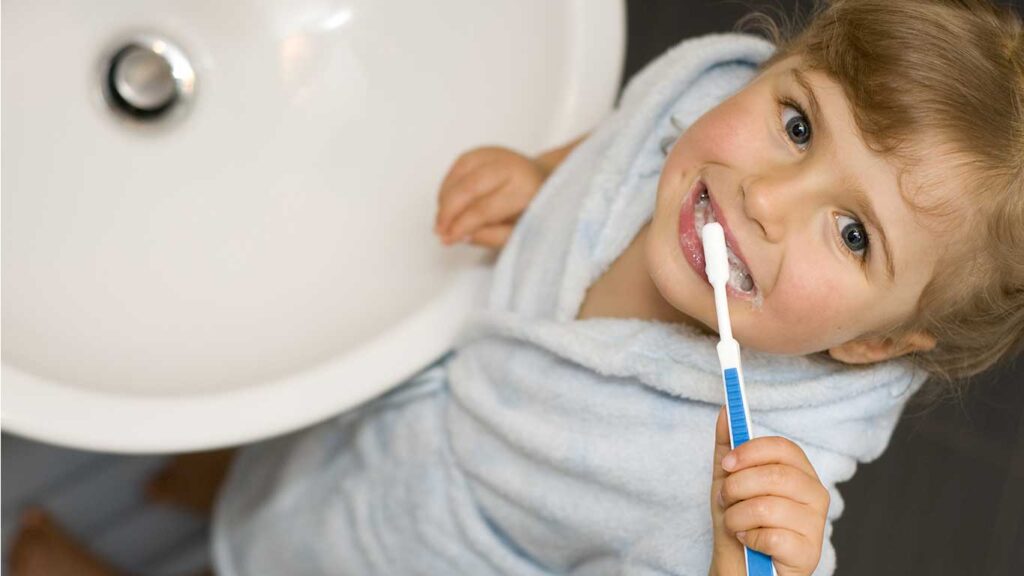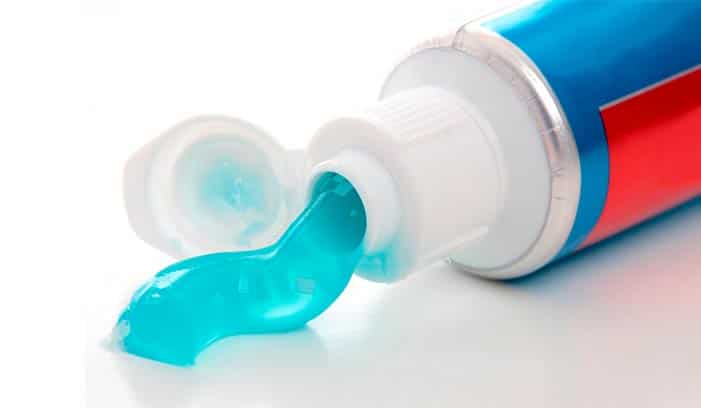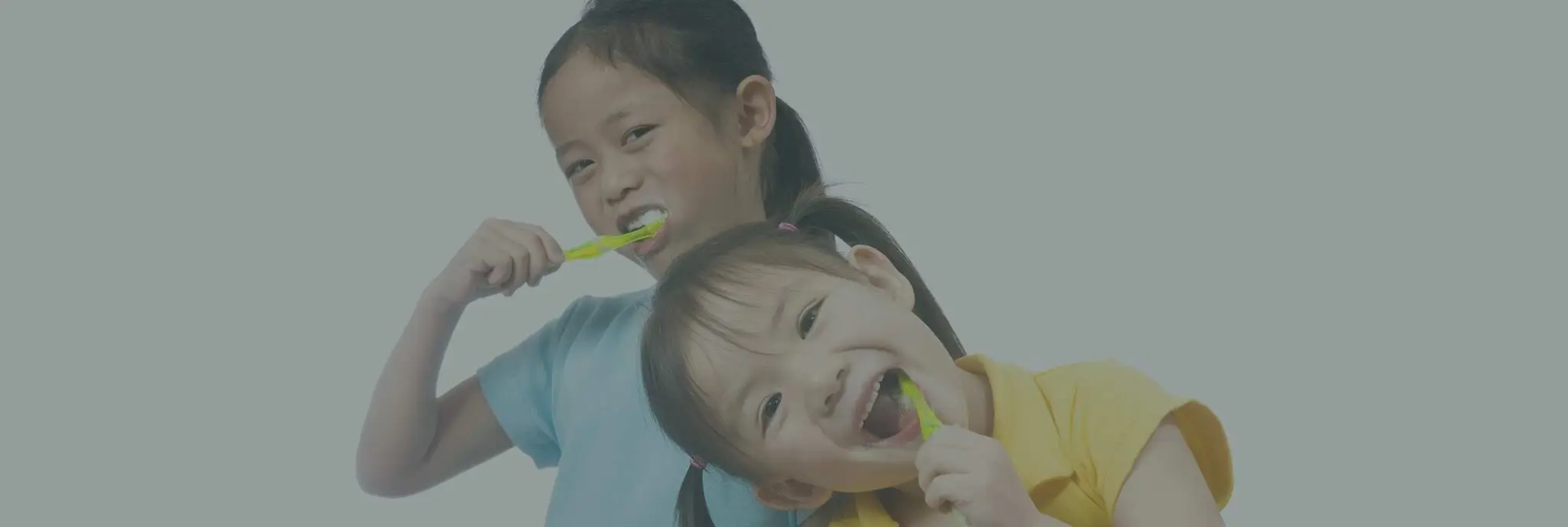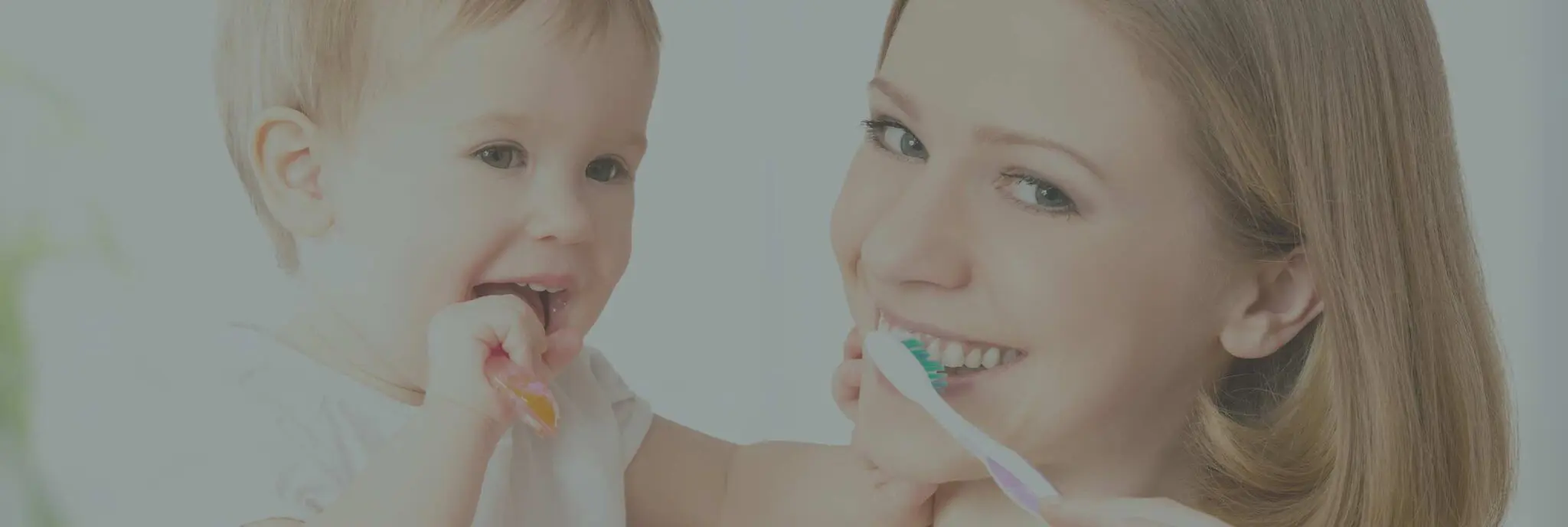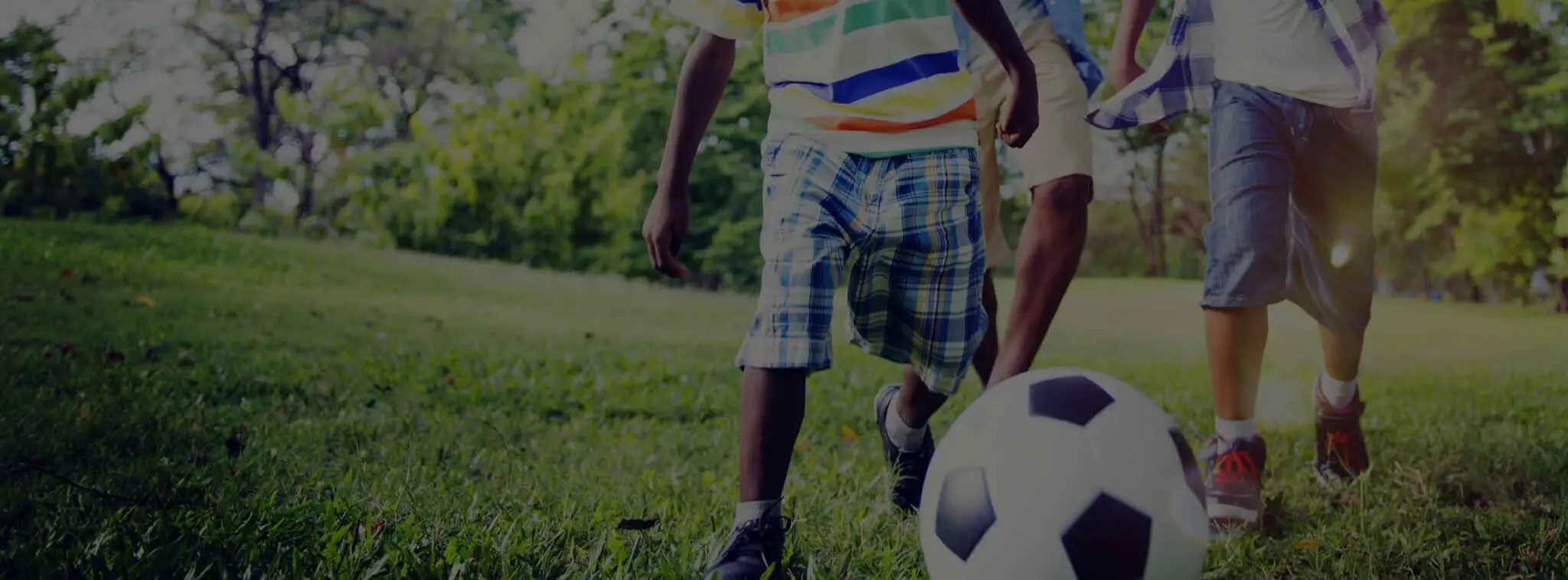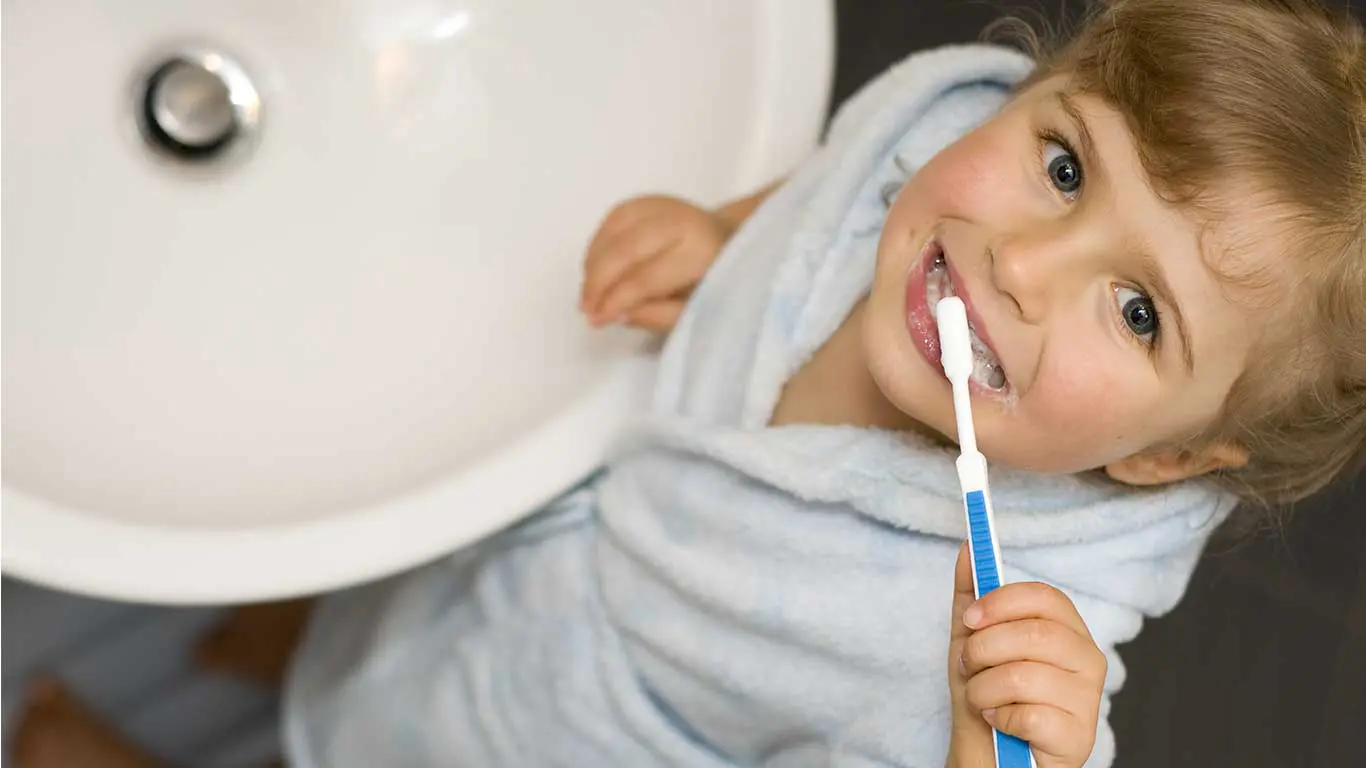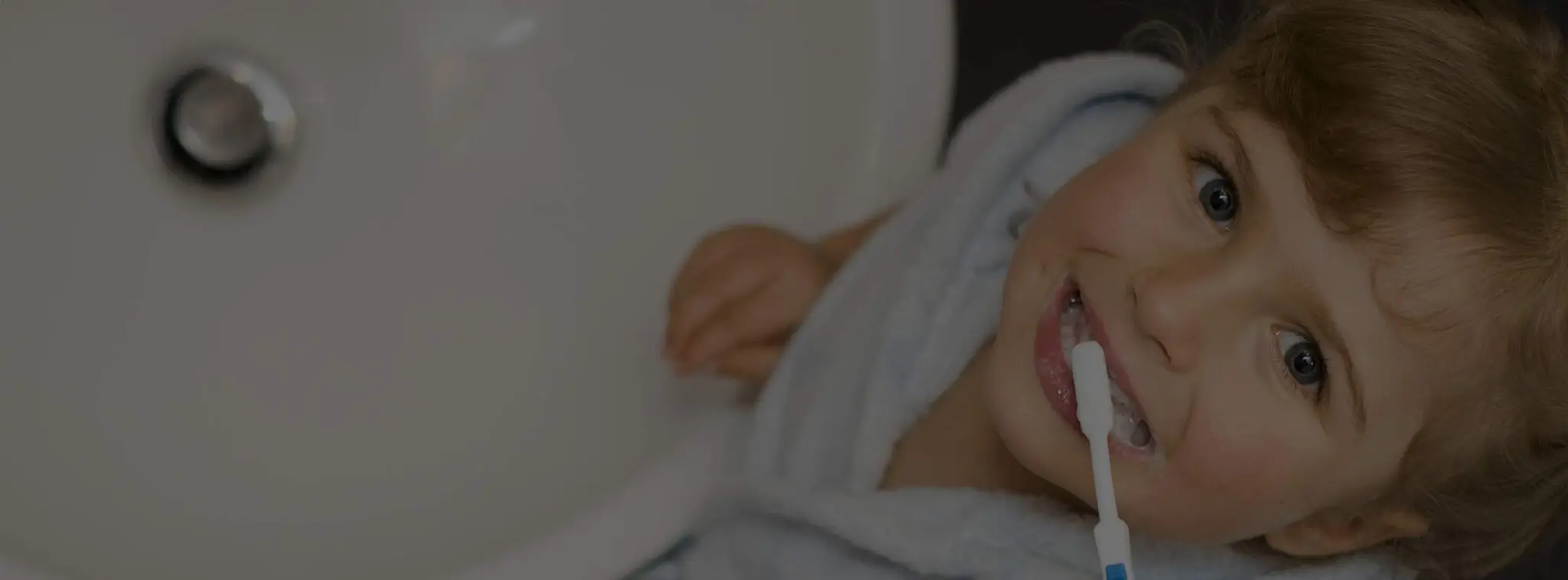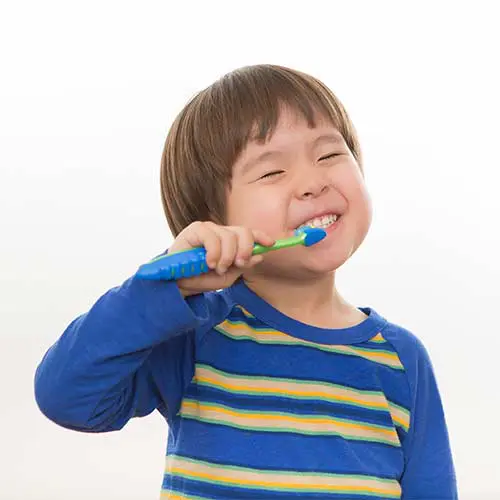
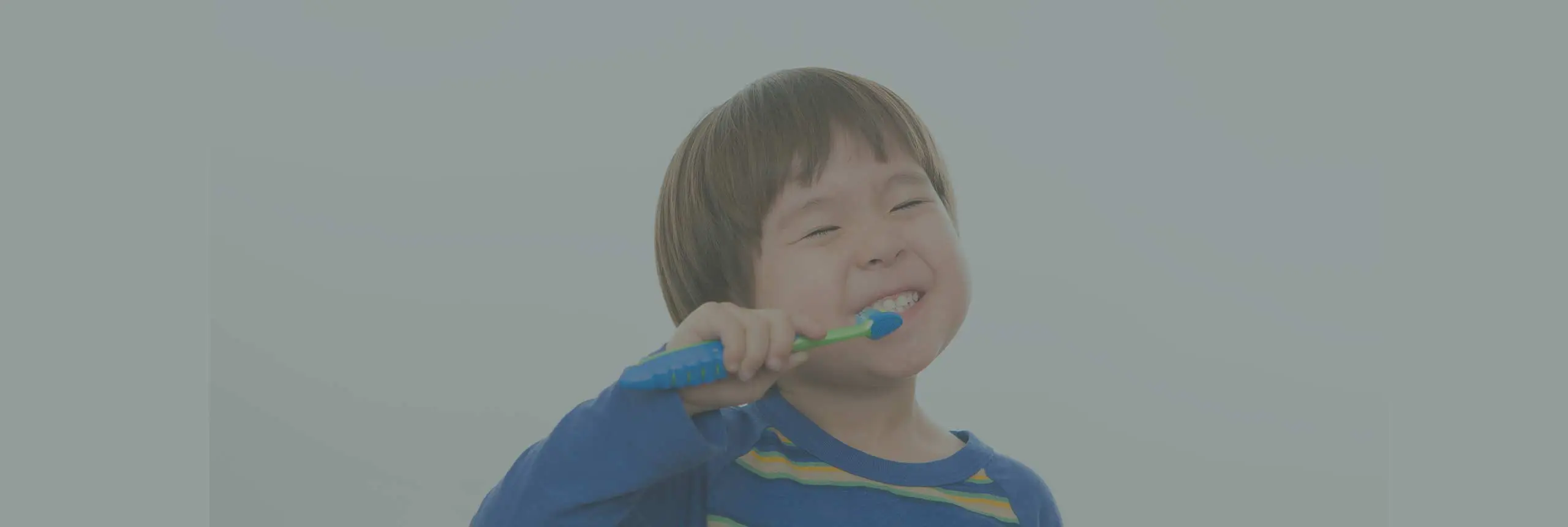
What is the best kids toothbrush?
Choosing the best kids toothbrush for your child is tough! When you visit the toothbrush aisle at Target or Walmart the variety of toothbrushes there are endless. In this article we will share with you the different types of toothbrushes for children and how to choose the best toothbrush for your child.
One of our favorite products here at Alpine Pediatric Dentistry is the Oral B toothbrushes for kids. They have many different types and for different ages. Oral B has a lot of fun variety and different characters which helps make children excited about brushing their teeth. Which is the goal that all parents are shooting for in helping to get their kids into having good oral health and hygiene.
You don't have to brush your teeth... Just the ones you want to keep 😉
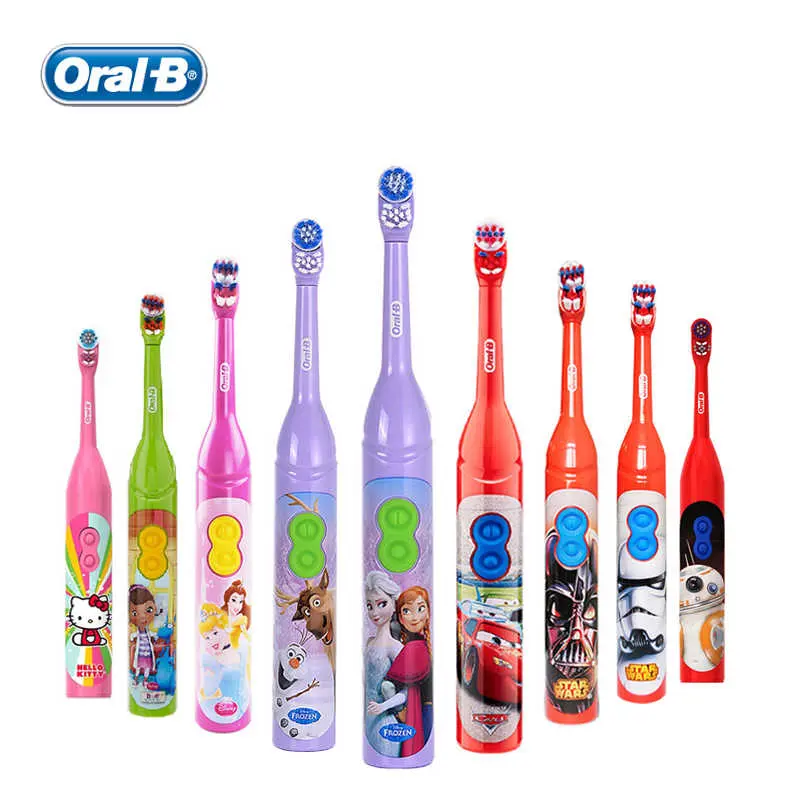
Additionally, what you should be looking at is the size and shape of the toothbrush head. You want to choose a kids toothbrush with a small head so that you are able to maneuver it around your child’s mouth. Next are the bristles, find one that has soft bristles, the softer the better.
At the end of the day, you want a toothbrush your child will find appealing and fun! To break it down here are the key features you also want included in your choice.
- Small head for maneuvering
- Soft bristles
Click here for some other great articles by Dr. J, board certified pediatric dentist at Alpine. You can find the answers to a lot of commonly asked questions regarding your child’s oral health.
If you have any other questions please don’t hesitate to contact us at Alpine Pediatric Dentistry!


